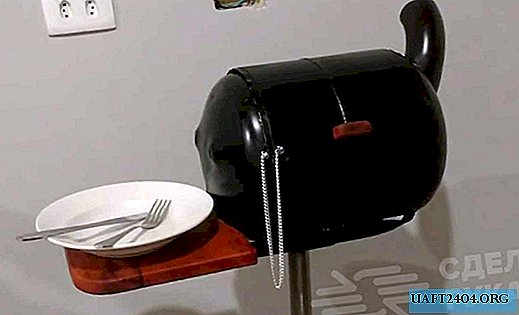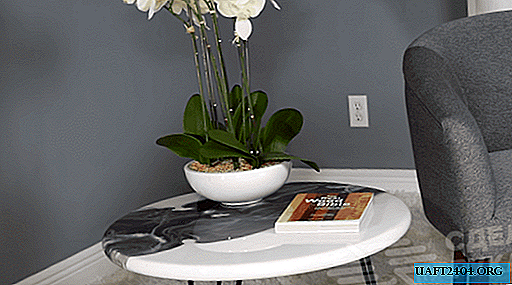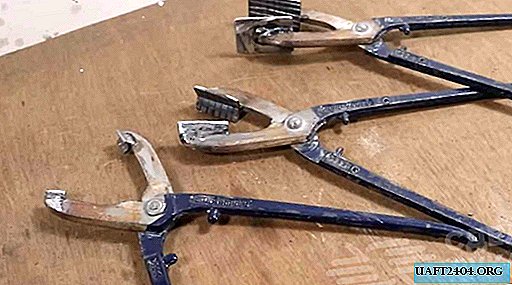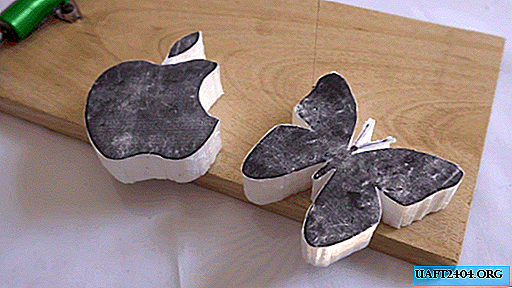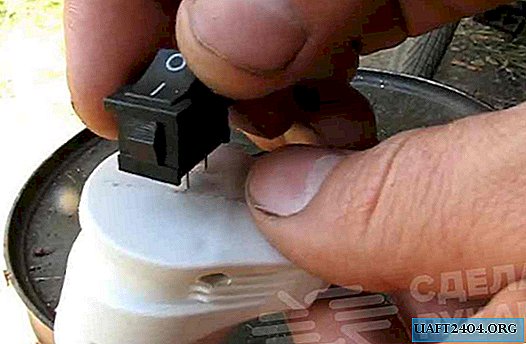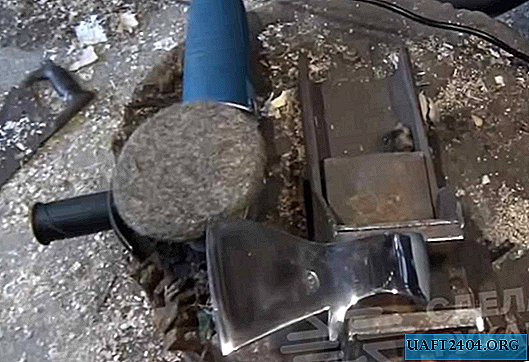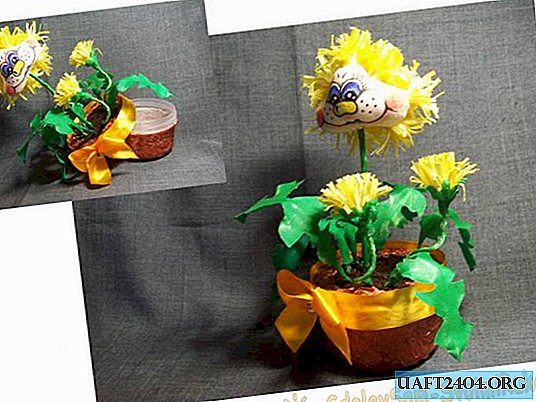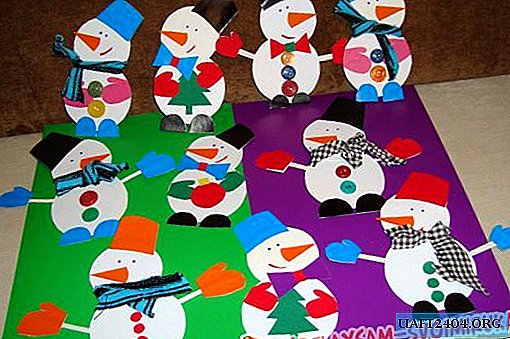Share
Pin
Tweet
Send
Share
Send

Living far from the towers of mobile operators there are problems with coverage. The available signal does not even allow you to make calls, not to mention the reception of 3G and 4G Internet. Similar problems can be easily solved if you assemble a powerful antenna. This can be done with cheap materials. The antenna is capable of picking up a signal even 30 km from the tower.
Antenna Materials
To build, you will need:
- Threaded stud M6 or M8 140 mm long;
- stud nuts - 12 pcs.;
- thin tin from any metal;
- coaxial cable up to 12 m long - 2 pcs.;
- Pigtail connector with adapter - 2 pcs.;
- F connector for TV cable - 4 pcs.
The necessary theory
Antenna options are different for 3G or 4G internet. The frequency range at which the desired operator operates is important. To assemble the correct antenna you need to find out. To do this, go to the phone’s network settings and search for network operators. In the issued list with a lot of 2G positions, you need to search only 3G and 4G. Knowing which operator provides the necessary coverage in the area, you can buy a suitable SIM card.




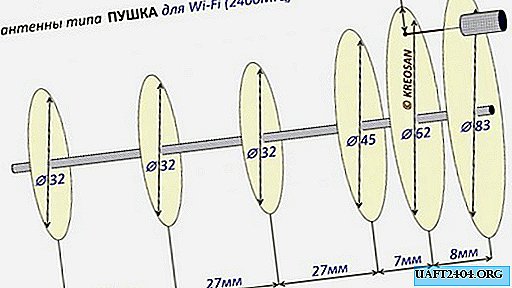

When assembling the antenna, it is important to observe all sizes up to a millimeter. For each type of network they are different. Typically, a 4G network operates at a frequency of 2600 MHz, in 3G - 2100 MHz. Sometimes 4G and 3G have a frequency of 1800 or 850 MHz. If when searching for a network it was not possible to find an operator for 3G and there is no information about its frequency, then it is better to make an antenna for the parameters of 2100 MHz, so there is a higher probability of picking up a signal.
Antenna assembly process
I will collect the 3G antenna 2100 MHz. The manufacturing process for devices of different parameters is similar, but differs in the diameter of the segments and the distance between them. First you need to cut 6 discs from tin. I use thin sheet copper, as it is easily cut with stationery scissors. The diameters of the antenna segments according to the scheme should be 100, 74, 54, 39, 39, and 39 mm.
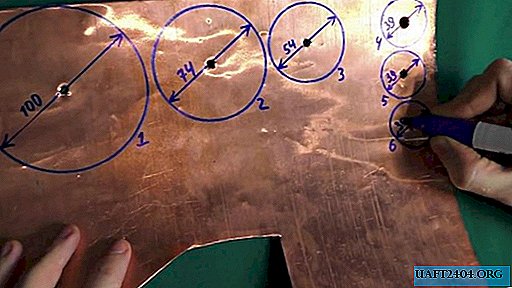

Since it is important to comply with the dimensions up to a millimeter, it is better to first drill a hole for the diameter of the existing stud, and after that draw a pair of compasses on it to cut the disk.

On a disk with a diameter of 74 mm, you need to prepare a hole for soldering the wire core. It is drilled at a distance of 11 mm from the edge. This antenna when working with the 3G range requires the connection of 2 coaxial TV wires. The length of each of them should not exceed more than 12 m. The second hole must also be drilled at a distance of 11 mm from the edge, but at an angle of 90 degrees relative to the first.

Now, having attached a 74 mm disk to a large 100 mm segment, you need to make a marking for large holes for entering a coaxial television cable along with a braid.

From a pair of ordinary television F connectors, you need to break off the protruding part, as I did, and press them into the existing holes on the 100 mm disk. For reliability, it is better to squeeze the connectors a little.

Now you need to fix the discs on the stud in the order indicated and in compliance with the distance proposed by the circuit. The distance between the segments of 100 and 74 mm is 10 mm, in the next transition between the disks the distance will be 9, 33, 33 and 33 mm, respectively. Each element is fixed with two nuts, one on each side.

When assembling, you need to double-check the distance between the disks, since the deviation will lead to a decrease in the quality of signal reception.

Next, you need to connect the coaxial cable to the large drive. This must be done so that the central copper core of each wire enters a thin hole in an adjacent segment with a diameter of 74 mm. After installation, the wire must be soldered, in no case bending.

To the protruding tail of the stud on the back of the antenna, you need to attach a wooden, plastic or metal bar that acts as a holder. For reliability, coaxial cables can be tied to it so as not to put a strain on the thin tin disk to which they are soldered.


Now you need to fix the Pigtail connectors with adapters to the free ends of the coaxial cable. They are the ones that connect to the 3G 4G modem. All the antenna is ready, it remains to install it.


If there is no socket.

Customization

To achieve maximum reception quality, you need to bring the antenna outside the room. It needs to be placed a little higher than the roofs of the nearest buildings in order to minimize possible interference and prevent noise. You need to direct the antenna directly to the nearest tower, which broadcasts the Internet signal. To find out where it is located, you can use the Netmonitor application. Such a simple antenna is able to pick up a signal from towers located at a distance of even more than 30 km.
For detailed tests and antenna manufacturing see the video
Share
Pin
Tweet
Send
Share
Send

